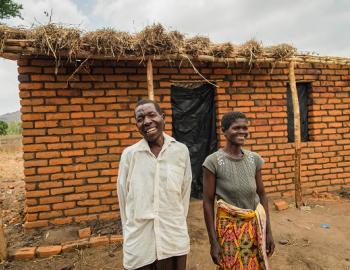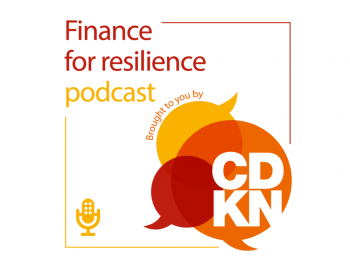Becoming a climate-resilient green economy: planning for climate compatible development in Ethiopia
Becoming a climate-resilient green economy: planning for climate compatible development in Ethiopia
Ethiopia has emerged as one of Africa’s champions in responding to the implications of climate change. This is demonstrated by the strong commitment shown by the country’s political leadership on the issues. Much of this commitment has been driven by the impacts of climatic events in Ethiopia, mainly the drought episodes that have hit the country since the early 1970s. These experiences have contributed to the widespread understanding that climate change can have severe consequences, and has the potential to hold back economic progress and reverse the gains made in Ethiopia’s development.
This Working Paper documents Ethiopia’s lessons from the study ‘Lesson learning from national climate compatible development planning’, which aimed to capture and share institutional experiences of climate compatible development, and provide recommendations for the future. Kenya, Mozambique and Rwanda also participated.
Conclusions and lessons learned:
Establishing a climate-resilient green economy is a nationally owned process and a priority for Ethiopia. It is being driven domestically, with substantive investments – being made from national budgets, international climate finance, and multilateral and bilateral partners. As a result, there are several large-scale initiatives underway in a range of priority sectors, which will bring about substantial climate-resilience and low-carbon benefits.
Other decision-makers and development practitioners can learn from the Ethiopian experience, which includes the following lessons:
- financing from international climate funds should be available to countries that pursue a holistic, ambitious and nationally driven development agenda that includes climate-related goals, such as zero growth in net carbon emissions or enhancing the adaptive capacity of communities. The opportunities presented by international climate funds set the tempo for Ethiopia to realign its strategic thinking in order to attract this financing for climate compatible development
- engagement by political champions enhances the development and implementation of the governance and institutional arrangements, strategies and frameworks needed for climate compatible development
-
robust governance and institutional structures form a strong basis for establishing effective cross-government working relations. These are important for the development and implementation of climate compatible development interventions, which are inherently cross-cutting in nature
-
collaboration between the ministries responsible for finance and the environment creates a solid platform for the coordinated implementation and mainstreaming of climate compatible development into national development plans
-
commitment, ownership, nationally driven investments and the demonstration of results on the ground are critical for unlocking additional finance to implement climate compatible development programmes and projects
-
in planning and mainstreaming climate compatible development, decision-makers should give consideration to long-term technical and institutional capacity development, particularly in terms of the ongoing need to prepare fundable project and programme proposals and subsequently to implement these



